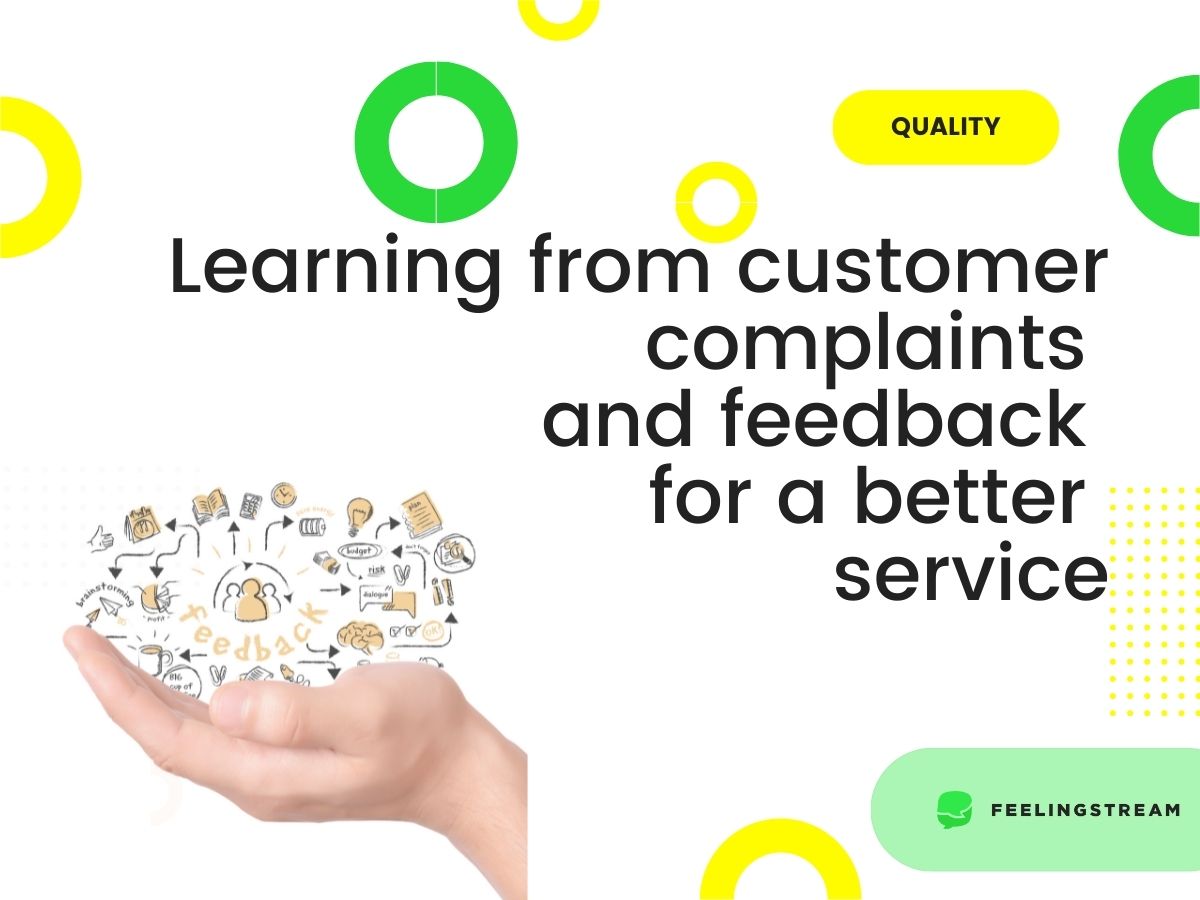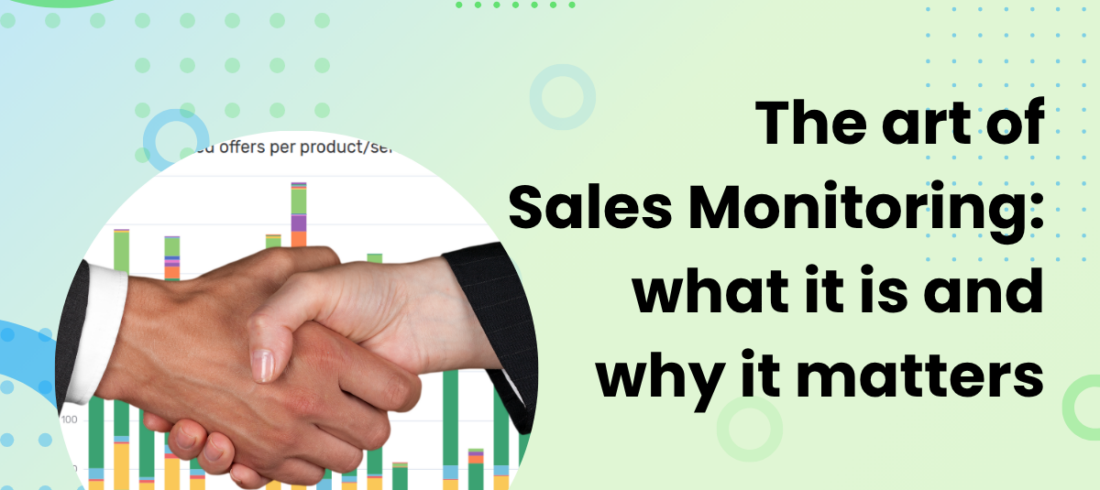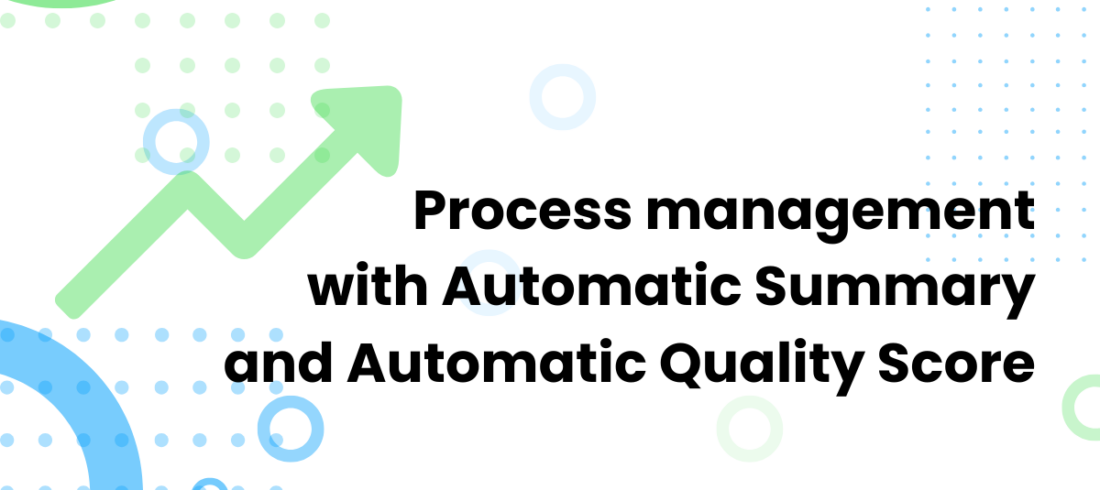Customer service always deals with customer issues. Customers generally do not simply call in to chat about how amazing the services or products are. When they call, they usually have a problem or concern. Therefore, customer service agents deal with customer problems all the time. However, sometimes some customer complaints need special attention. In some companies, there are specialized agents or even teams that handle customer complaints. whether they are about the service, customer service, or something else.
In this article, we will share our understanding of the world of customer complaints. We will also show how call transcripts and automated analytics of calls can make this work a lot easier.
Getting a full picture of customer interactions can take time
In a typical scenario, a customer sends in a complaint. Then the person registering the complaint will give the customer some timeframe for the investigation. It can be anywhere from a few days to several weeks.
Handling customer complaints effectively is important for the business. It helps the company make improvements and learn from their mistakes. This leads to reduced costs and increased customer satisfaction.
To resolve those complaints, the case handler or special agent needs to review the customer account and interaction history. They need to listen to their calls or read their emails – and this is time-consuming work. If the customer has called in more than once or twice, getting a full picture of all interactions may mean hours of listening to calls, analyzing interactions, looking for critical pieces of information. Usually the case handler cannot listen to a call just once, they need to do it several times. This is time-consuming, but important. There are better and more automated ways to go about it, though.
Reading transcripts vs listening to customer calls
When companies use the Feelingstream’s call analytics platform, it automatically transcribes all customer calls. When a customer sends in a complaint, call transcripts are much easier to analyze than calls. The text is searchable, therefore the users can find important conversations much faster. Getting a true picture from all customer interactions is also easier. The conversation is available on the computer screen, easier for the eyes to grasp.
With customer complaints, sometimes there is sort of a “he said, she said” situation. Most complaints come from misunderstandings. When the person investigating the complaint can read and re-read the conversation transcript, they get a more objective view of the situation. This helps them understand where things went wrong. It is very important in such cases that the investigator looks at all angles of the issue. They need to think through the reply to the customer.
Having the analytical tools, the ability to search through the transcripts, look for specific words, etc. is crucial. This makes complaint handling more effective and helps ensure a good outcome and increased customer satisfaction.
Using Feelingstream’s call analytics platform for handling customer complaints – some examples
- The customer sends in a complaint about receiving conflicting information from different agents over the phone. One agent suggested the customer pay their debt, another one to set a dispute.
In this scenario, having access to call transcripts is good. It helps find the specific calls faster based on the timeline. The investigator can search agent names if the customer mentions them. The quality manager or agent handling the complaints can read the conversations. They can clarify the situation and schedule the agent training to what they actually needed to say and do.
- The customer sends in a complaint about being on hold for a prolonged period. They say they did not get help with their issue.
Feelingstream’s solution can help find and analyze this complaint in multiple ways. The tool shows the call tempo and the silence ratio (there is a separate blog post about silence). The content of the call will be visible and it’s clear if there actually was prolonged hold, etc. The AI solution can help look for other calls from the same timeframe to see if there were technical issues. All of this will be beneficial in providing the customer a reply. This will help explain why this issue occurred and how the customer can proceed from there. - Some complaints from customers are very specific to the agents that they have spoken to. They will say that an agent named X cursed on the phone, was rude to them, or something else of this sort.
Call transcripts are a great resource in handling such cases – they remove the “he said, she said” danger and it will be clear, what was said, and how. Most of the time such issues can be misunderstandings and sometimes the agents have truly been in the wrong, meaning that the agents can be trained by their managers according to what the call analysis shows.
Learning from customer’s complaints for issue prevention and bettering service and processes
As we already brought out with the previous examples, analyzing customer complaints will highlight issues with customer service, interactions, or technical issues. Training customer service agents based on the information that comes from customer complaints is important, as it helps prevent the issues from re-occurring.
We can learn a lot can from customer complaints and when patterns are visible in them. The Feelingstream AI call analytics platform can be used to set up specific searches for words or phrases that would be considered “dangerous” from the view of customer satisfaction. Analyzing contacts or training customer service agents can happen well before customers write or call in to complain about specific scenarios – this is a more cost-efficient and customer-friendly solution, nipping issues in the bud.
Make your customers feel heard
Customers need to feel like they are heard and this is especially true with all customers that already feel so hurt that they decide to send in a complaint. Handling a complaint well is THE way to win back customers’ loyalty and make them feel good again. It is important to thank the customer for the feedback, whatever it may be, and to ensure them that the company will learn from this.
Managing customer complaints and responding to them is difficult work, as it entails analyzing the content of the contacts, empathy to the customer and agent, understanding the processes, and being bold and clear when communicating the reply to the customer in the end. Using smart technologies to handle customer complaints is a true way forward, as it speeds up the analytics and helps with issue prevention. Quality managers or coaches can use it to put together training materials for current and future customer service agents.
If you wish to learn more about using Feelingstream’s AI solution for transcribing and analyzing your customer service contacts, please contact us for a demo.




